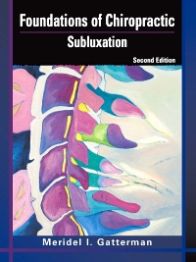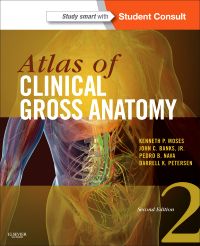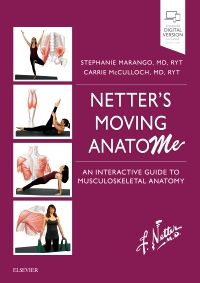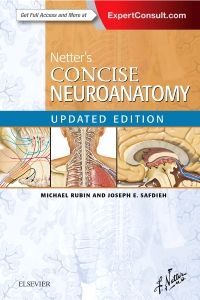Now updated in its 2nd edition, the first research-based book on this topic examines the direct link between joint dysfunction, the theories of its effects, and the clinical syndromes seen in practice. Scientific evidence is presented for indications and contraindications of subluxation, along with term definitions, basic science and anatomy, subluxation causes, radiographic evidence, manipulable and nonmanipulable subluxation, a theoretical model, and subluxation syndromes.
New to this edition
- Updated coverage includes strengthened kinesiology information, new studies on the headache, new whiplash material, the Chiropractic Paradigm, and the latest research from the field
- An appendix on spinal subluxation and visceral disorders has been added
- The latest basic science material incorporated into part one, including an excellent animal model study
- An appendix on spinal subluxation and visceral disorders has been added
- The latest basic science material incorporated into part one, including an excellent animal model study
Key Features
- Integration of theory and clinical research establishes a necessary foundation for both students and clinicians
- Many of the most respected names in the chiropractic have contributed chapters to this book and present the common ground of chiropractic in a logical and understandable way
- Over 200 high-quality illustrations bring important concepts to life
- Key words and questions related to the objectives are stated at the beginning of each chapter notifying the reader what he should learn from the material
Author Information
By Meridel I. Gatterman, MA, DC, MEd
Part 1: Subluxation
Chapter 1. What’s in a word?
Chapter 2. Chiropractic Paradigms
Chapter 3. Anatomy Related to Spinal Subluxation
Chapter 4. Animal Models in the Study of Subluxation and Manipulation 1964-2004
Chapter 5. Palpatory Diagnosis of Subluxation
Chapter 6. The Role of Radiography in Evaluating Subluxation
Chapter 7. Chiropractic Technique
Chapter 8. The Non-manipulable Subluxation
Part 2: The Subluxation Complex
Chapter 9. The Vertabral Subluxation Complex
Chapter 10. Theoretical Models of Subluxation
Chapter 11. Kinesiology; An Essential Approach Toward Understanding the Chiropractic Subluxation
Chapter 12. Buckling: A Biomedical Model of Subluxation
Chapter 13. Three Neurophysiologic Theories on the Chiropractic Subluxation
Chapter 14. Vertebral Subluxation and the Anatomic Relationships of the Autonomic Nervous System
Chapter 15. Review of the Systemic Effects of Spinal Manipulation
Chapter 16. Spinal Cord Mechanisms of Refferred Pain and Related Neuroplasticity
Part 3: Subluxation Syndromes
Chapter 17. Cervicogenic Headache
Chapter 18. Cervicogenic Sympathetic Syndromes
Chapter 19. The Cerebral Dysfunction Syndrome
Chapter 20. Whiplash
Chapter 21. Cervicogenic Dorsalgia
Chapter 22. Thoracic Outlet Syndrome: First Rib Subluxation Syndrome
Chapter 23. Thoracic and Costovertabral Subluxation Syndromes
Chapter 24. Facet Subluxation Syndromes
Chapter 25. Intervertebral Disc Syndrome
Chapter 26. Sacroiliac Subluxation Syndrome
Chapter 27. Coccygeal Subluxation Syndrome
Appendix A Subluxation Syndromes
Appendix B: Spinal Subluxation and Visceral Disorders
Glossary














